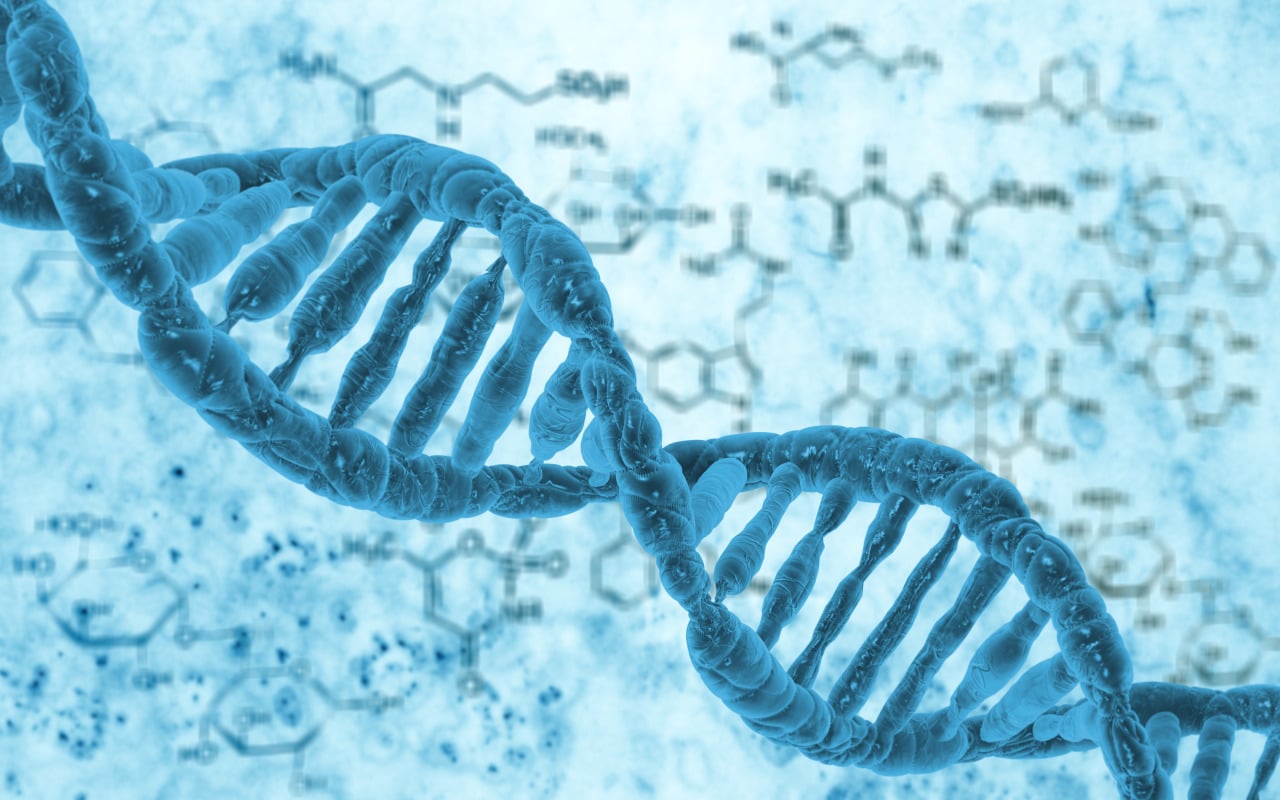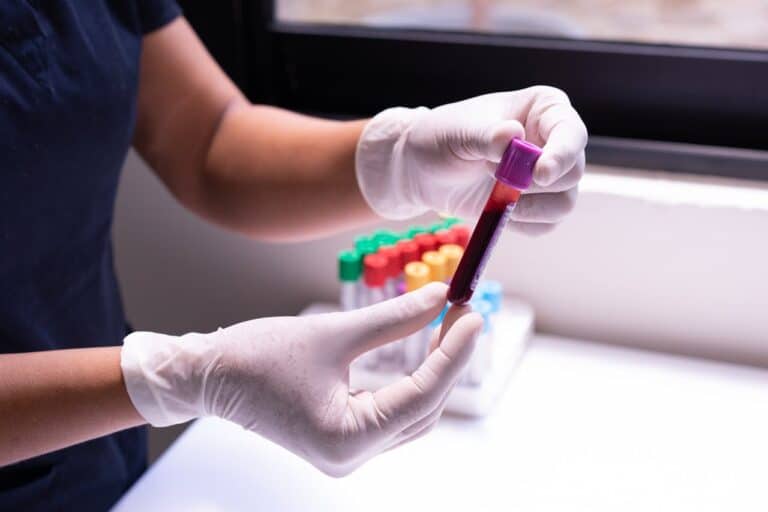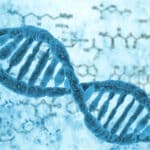
A baby born with a life-threatening genetic disease has become the first person to receive a customized gene-editing treatment based on CRISPR gene therapy. Now nearly 10 months old, the baby, referred to as KJ, has shown remarkable improvement since receiving three doses of the therapy over recent months, doctors announced.
The child was diagnosed with a rare condition called CPS1 deficiency, a disorder that affects how the body processes nitrogen. Without treatment, the condition leads to a buildup of ammonia in the blood, which can cause brain damage and even death. The disease is extremely rare, affecting roughly one in every 1.3 million people.
Dr. Kiran Musunuru of the University of Pennsylvania, who helped develop the treatment, said this successful case highlights the growing promise of gene therapy. In a statement, he explained that advances in genetic science are now reaching a point where treatments once considered futuristic are becoming real options in clinical care.
A Life-Threatening Start, and a Groundbreaking Response
KJ’s symptoms became clear within the first two days of life. Doctors discovered that both copies of his CPS1 gene were faulty, causing the body to fail in removing toxic waste from his blood. Early treatment included filtering his blood and putting him on a special diet to avoid protein, which creates nitrogen during digestion.
By five months of age, KJ’s condition was so severe that he was added to a waiting list for a liver transplant—a risky and complex procedure that he might not have survived in his weakened state. But a team of specialists had already started working on another idea.
An inspiring scientific story that shows what is on the line in our political debates.
— Richard Hanania (@RichardHanania) May 15, 2025
In a world-first medical breakthrough, a baby named KJ Muldoon recently became the first person ever treated with a completely personalized CRISPR gene-editing therapy crafted just for him.… pic.twitter.com/SyTDuFmScv
Dr. Musunuru and Dr. Rebecca Ahrens-Nicklas from Children’s Hospital of Philadelphia had been researching customized gene treatments for similar disorders. They had previously tested this approach in animals and were ready to apply it to a real case. When KJ was born, they proposed using their experimental treatment to his parents, Kyle and Nicole Muldoon.
With the family’s consent, researchers quickly developed a tailor-made therapy. It used a technique called base editing to correct the specific mutation in KJ’s DNA. Within six months of birth, KJ received his first dose, followed by two more in the following months.
Promising Recovery and Lifelong Monitoring
Doctors say the therapy has already changed KJ’s life. He can now eat more protein and relies less on medication to control ammonia levels. Most importantly, he’s starting to meet key developmental milestones, like sitting up on his own—an achievement that might not have been possible without the treatment.
His mother shared her amazement at his progress, noting how deeply moved the family is to see him growing and thriving against the odds. Doctors emphasized, however, that KJ will need to be closely watched for years to come. His long-term health and the therapy’s lasting effects remain unknown.
Dr. Ahrens-Nicklas called this case a major step forward for personalized gene therapy, noting that while it was developed for one child, it shows what’s possible for others facing similar diseases.
Geneticist Miguel Ángel Moreno-Mateos, commenting on the treatment, said it marks an important moment in medicine. Though personalized, the therapy proves that this kind of genetic editing is no longer theoretical—it’s now becoming part of modern healthcare.





